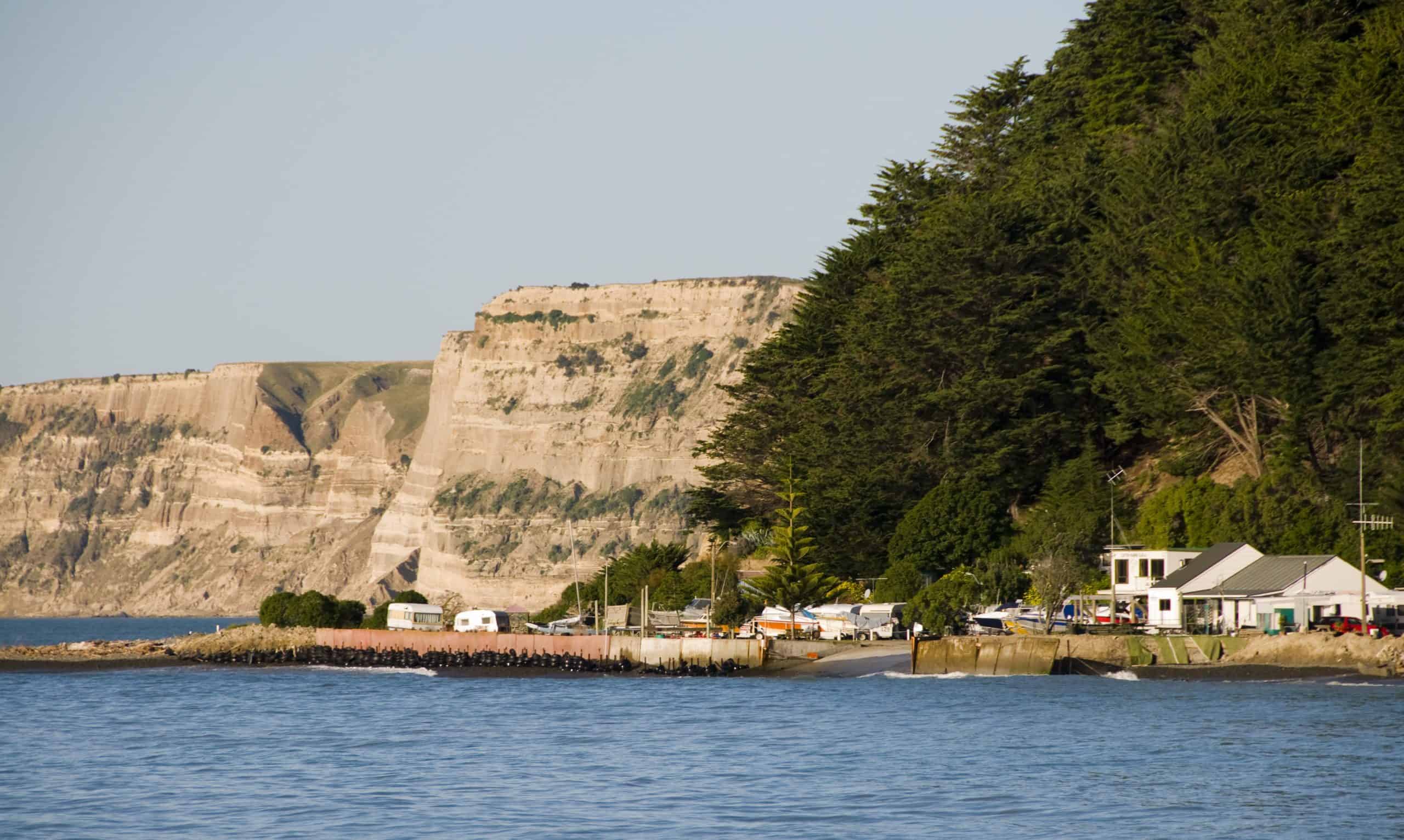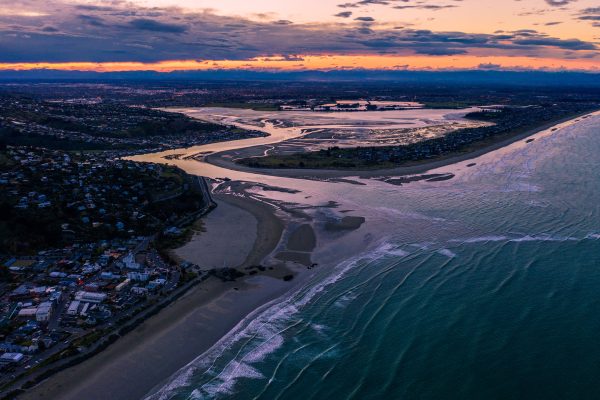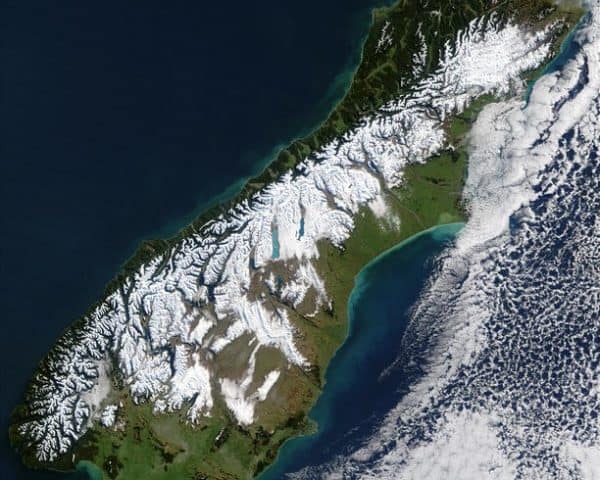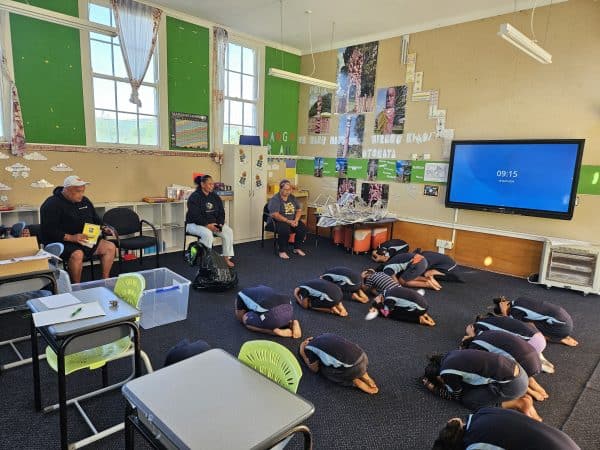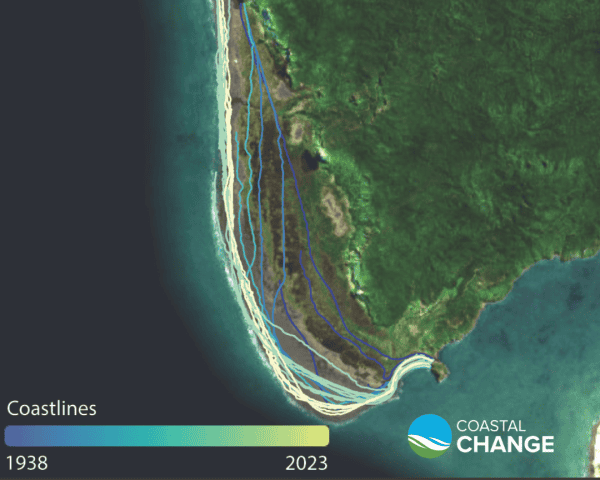The 2020-21 year has seen significant developments in the policy frameworks covering climate adaptation and managed retreat.
In 2019-20 we reported on the publication of the GNS Science report Reducing risk through the management of existing uses: tensions under the RMA by Emily Grace, Ben France-Hudson and Margaret Kilvington, primarily funded under our Phase 1 ‘Living at the Edge’ programme. The report filled an important research gap by addressing how the RMA can be used to deal with people’s existing use ‘rights’ when planning and carrying out risk reduction activities. It also identified where the RMA falls short, and its recommendations included legislative change to enable at-risk communities to retreat from risk in a timely way.
In June 2020, some of the report’s key recommendations were picked up in New Directions for Resource Management in New Zealand, the report of the Resource Management Review Panel. In February 2021, the Government announced it would repeal the RMA and enact new legislation based on the recommendations of the Panel. The three proposed acts include a Climate Adaptation Act to address the complex issues associated with managed retreat.
Attention now turns to what the legislation should look like. In January 2021 Dr Christina Hanna and Prof Iain White of the University of Waikato and our ‘De-risking Resilience’ workstream published timely research on managed retreat governance, Managed retreats by whom and how? Identifying and delineating governance modalities. The authors describe the spectrum of governance approaches to managed retreat, from state-led and funded retreat at one end, through to autonomous, unmanaged retreat left to the private sector and local communities.The researchers recommend co-operative managed retreat strategies in which “people and communities are embedded in the retreat strategy design, decision-making and delivery.” The researchers conclude that a co-operative approach is most likely to “avoid or reduce risks in ways that seek to share power and promote justice and equity.”
A pioneering example of collaborative community engagement is the Clifton to Tangoio Coastal Hazards Strategy 2120 in Hawke’s Bay, which also trialled Dynamic Adaptive Pathways Planning (DAPP) to assess options and pathways withresearchers from Phase 1 of the Resilience Challenge.DAPP underpins the research in our Phase 2 ‘Enabling Coastal Adaptation’ workstream, led by Dr Judy Lawrence of Te Herenga Waka Victoria University of Wellington. This mahi builds on learnings from the implementation of the Hawkes’s Bay DAPP trial.
Dr Lawrence and her team are investigating how DAPP can be implemented under current legislation, to avoid further lock-in of developments at risk of sea-level rise before new legislation is in place. This also includes targeted guidance on how to use economic assessment tools that support the long-term view required by the New Zealand Coastal Policy Statement, and amonitoring framework and tools to alert decision makers to impending risks using signals and triggers.
The RNC directorate has been instrumental in connecting researchers with government agencies progressing work on natural hazard adaptation. Researchers from our Resilience in Practice Programme have been part of this dialogue, which enables new knowledge and analysis on this complex topic to be available to officials scoping new legislation. Planning is underway for a series of co-developed ‘science to policy’ workshops.
Researchers are also engaging with other central government agencies on coastal adaptation. Dr Judy Lawrence and Dr Rob Bell of Bell Adapt have shared frameworks and concepts relating to adaptation planning under uncertainty, as external inputs to the Climate Change Adaptation Agenda project that is being integrated throughout all sections of Waka Kotahi NZTA. Adaptation of infrastructure including roading is a key part of our coastal adaptation mahi in Phase 2.
In our Phase 1 Mātauranga Maōri programme, Assoc Prof Christine Kenney of Massey University led our ‘Whakaoranga Marae’ project which developed a framework for developing natural hazard resilience for marae communities. Whakaoranga refers to the rescue, recovery and restoration of sustainable wellbeing, achieved through Māori values, knowledge and tikanga. The National Disaster Resilience Strategy incorporates the process of whakaoranga as part of its national objectives. Auckland Council has been adapting and extending the framework and rolling it out to all the marae in the greater Auckland area. The process includes:
- Raising awareness of the range of hazards that marae may be exposed to and helping identify possible impacts
- Sharing Auckland Emergency Management kaupapa on what is required to build disaster resilience
- Mapping out the strengths and assets of marae
- Supporting marae to develop a plan for additional work required to build disaster resilience.
This case study was submitted to the Ministry of Business, Innovation and Employment as part of our 2020-21 annual reporting.
Featured image: Cape Kidnappers, Hawke’s Bay. Credit: Margaret Low, GNS Science.
